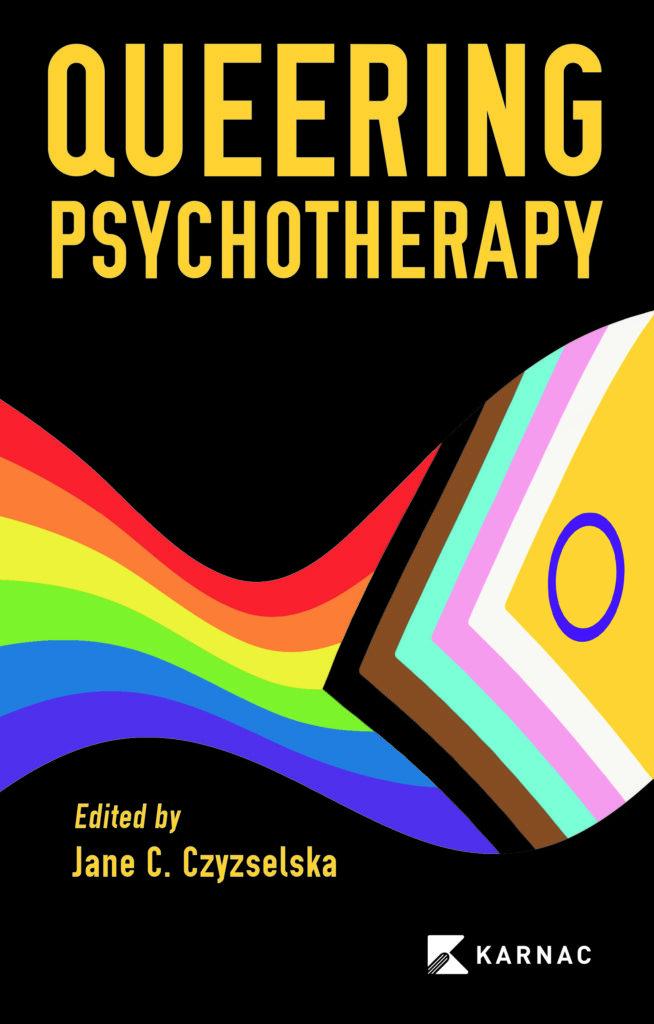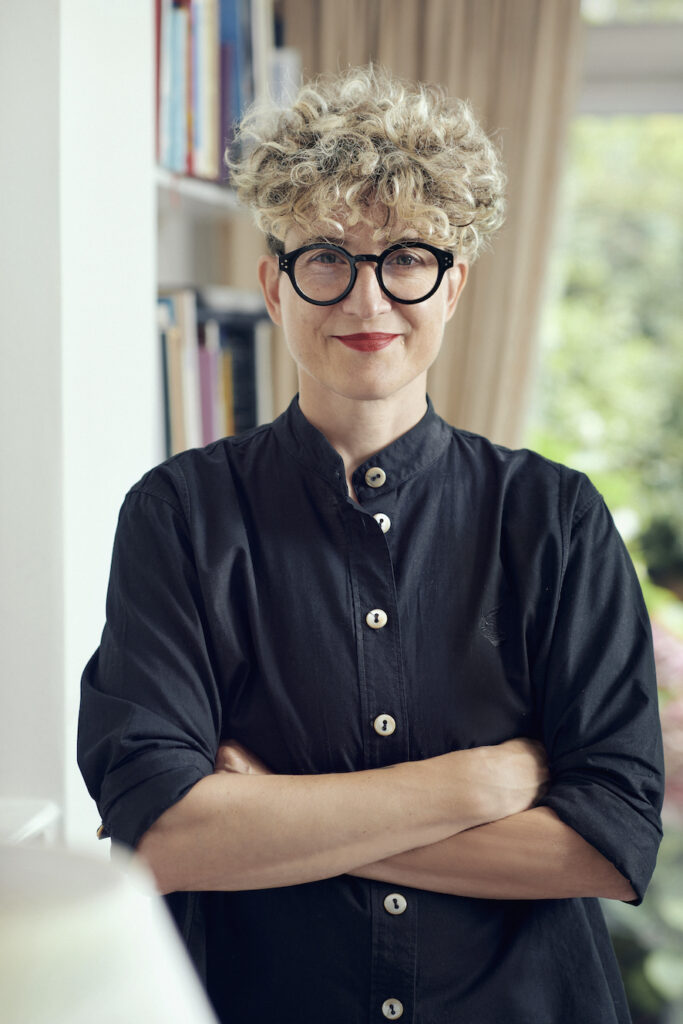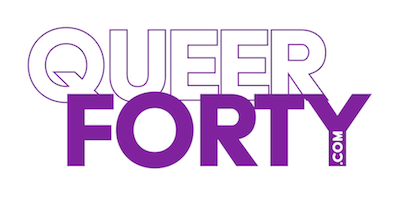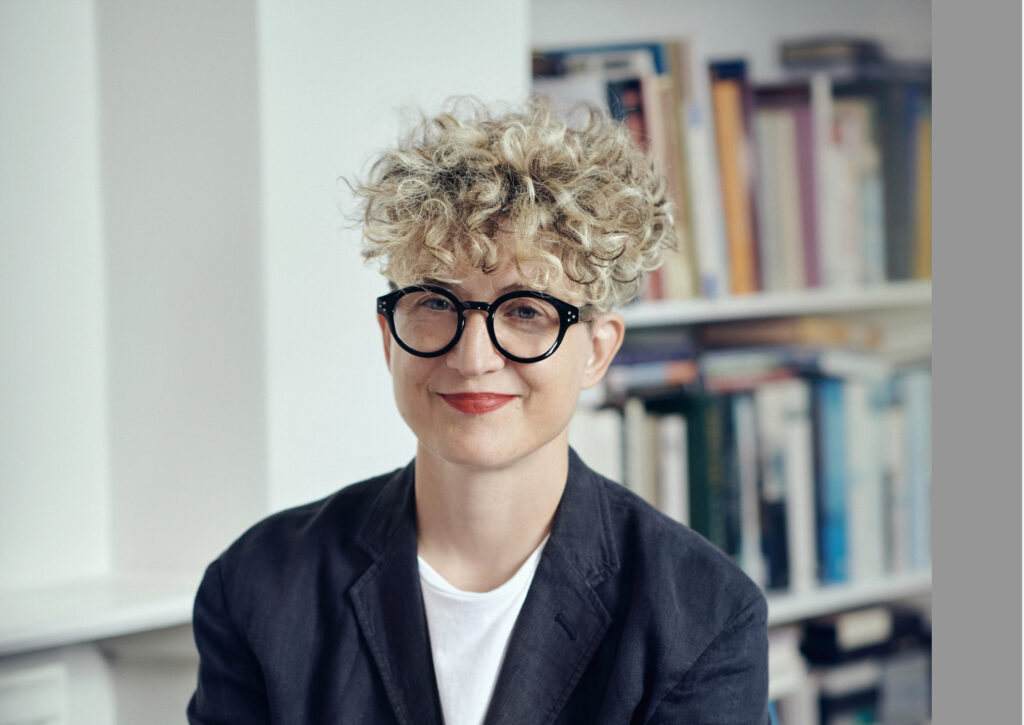We’re here, and we’re queering psychotherapy
A new book, Queering Psychotherapy, marks a milestone for LGBTQ+ mental health, and we caught up with its editor and contributor J. Chance Czyzselska to find out how psychotherapy is being transformed from within to address the needs of our community.
It’s a book that is receiving accolades far and wide, from mental health professionals to academics and LGBTQ activists: Queering Psychotherapy, out now, is a diverse collection of essays that we have needed for some time. While LGBTQ+ people are more likely to suffer from a range of mental health issues than their cisgender, straight counterparts, we have less access to services or therapists who understand our issues.
Juno Roche, author of Trans Power and Queer Sex describes the book as “Invaluable.” “If you’re queer or trans and working with a heteronormative therapist, the room itself can feel airless…an airless room fraught with misunderstandings.”

Edited by J. Chance Czyzselska, who took a collaborative approach to building the book by inviting a diverse range of voices and topics into an anthology format, Queering Psychotherapy empowers counsellors, clients, students and others with new outlooks on a field that has often gone unquestioned in its practices. Chapters include “Queering the Black feminist psychoanalytic,” “Trans desire and embodiment,” and “Queer sex and relationships,” to name just a few of the 16 segments.
Queer Forty caught up with UK-based nonbinary therapist, author, and editor Czyzselska to find out more about their book.
In your Introduction to the book you offer that the therapy encounter is not a politics-free space. I could not agree with you more. Given that many of us are already in crisis when we seek therapy, what are some of the ways we can ensure we are matched with a suitable therapist when we do seek therapy?
J. Chance Czyzselska: It depends on what you mean by ‘suitable’ but if you want an LGBTIQA+ therapist, its best to check out your local LGBTIQA+ helpline or centre to see if they can point you in the direction of a therapist. There are also a growing number of QTIPOC community initiatives like Healing Justice LDN that offer therapeutic groups and more. There’s also private therapy and lots of therapists in the UK who make space in their practice to offer low or no-cost for sessions clients who can’t afford the full fee.
Research has shown that it’s not the modality of the therapist that matters as much as whether you feel you can develop a good relationship with them, so when looking for a therapist in or from the UK – many of whom work online – www.pinktherapy.com and www.baatn.org.uk are good places to start. Put a few search terms in their search engines for the things you want to explore and the key words for sexuality and gender ID if that’s important to you, and when the results are listed, see which therapist profiles resonate with you. When you email them ask them all the questions you need: from what they understand about gender identities to whiteness, racism, and ableism, for example, to whether they offer low-cost slots and how they might work with the issue(s) you want to address. If you like how they respond, arrange an initial consultation, and see how you feel during and after the appointment. You don’t have to choose the first person you see, it’s important you feel it’s a good fit. In the UK, for a low cost 12-week course of therapy, try www.londonfriend.org.uk for their online and IRL services. For free LGBTIQ+ therapy try https://freepsychotherapynetwork.com/?s=LGBT.
Can you share how the book came to you — as an idea or a need? Did it come out of your practice, your lived life as a non-binary person, also as a writer/editor… all of these or some more than others? I would love to hear the genesis story!
J. Chance Czyzselska: In my psychotherapy training, the texts we studied mostly assumed that we and our clients were cisgender, heterosexual and white. Sexuality was studied as an optional weekend in the third year and gender (beyond cis and the binary) was not addressed. This is common in most therapy trainings but thankfully some are being re-shaped by staff and students who are LGBTIQA+ & POC and who are aware of structural and systemic inequalities in relation to race, class, gender: cis and transness and sexuality. Although some institutions are trying to address this, I still hear of training environments that aren’t optimal for the supported unpacking of marginalized lived realities. In my own way over the years since I graduated, I’ve been doing my own learning about white supremacist patriarchy, misogyny, transphobia and queerphobia and the ways in which I uphold normativities and am in an ongoing learning about how to disrupt these systems and structures. I’d long been wondering how to address this lack in our profession. This involves lifelong inner work as well as understanding the practical ways that built-in systemic inequalities impact on the lives of those who are othered. There is no graduation!
Talking with other queer, trans and POC therapists over time it came to me that using my passions — writing, journalism and therapy — I could co-create a book with a range of diverse therapists to infuse our field with the wisdom and insights from those of us who have lived experiences of being othered in multiple ways. This collection of voices is so rich and so necessary if we are to understand not only our clients’ worlds more deeply, but our own, too.

You mention you approached and structured the book “collaboratively” and that the text is not academic but more a “collection of conversations.” How did you go about choosing the contributors to create this effect?
J. Chance Czyzselska: The purpose of the book was to fill in some of the knowledge gaps re: structural inequality in our trainings. Most of our standard texts have not sufficiently acknowledged the impact that race, class, cis or transness and sexuality have on the way we can move through the world. So, as much as possible in the co-creation of the book I tried to queer and decolonize the process to mirror the queer and decolonizing philosophies underpinning the book. I don’t position myself as an expert but rather as a qualified practitioner who has lived experience to offer and share with clients and within the field of psychotherapy. The ‘expert’ concept comes from Empire mentality which says that we have to be right. We need to be humbler than that. To do our best and acknowledge when we’re not. Most psychotherapy texts are shared through academic papers and structures and I wanted to honor other ways of knowledge sharing, and mirror the dynamism of the therapy encounter where world- and life-changing conversations can occur.
So it was important to me to create something that democratised therapeutic knowledge and expertise for practitioners and show how different knowledges and life experiences have value and this is what informed my choice of the contributors to this book. There were others I approached who for various reasons weren’t able to contribute. I already have others who have offered to be involved in a second volume so watch this space! This queered and decolonised approach exemplifies the spirit of the book in that it doesn’t reify medical model diagnostic categories. Rather it treats LGBTIQA+ clients and practitioners as whole persons with all manner of intersections and lived experiences.
Queering Psychotherapy is not a ‘how to’ guide: We’re not commodifying clients or knowledge, rather we are offering considerations on working with and being alongside clients as well as working on, with, and within ourselves.
Another queering practice of this book is that there isn’t the usual control of the editor’s agenda other than reflecting on non-normative thinking and practice in a variety of therapeutic situations and considerations. So, in some cases I suggested topics participants may want to talk about, while others brought their own preferred talking points.
Any chapters in particular where you feel you broke new ground — in queer publishing and in psychotherapy?
J. Chance Czyzselska: I can’t say for sure because what idea is ever truly original? But I believe the concept of the psychotherapy textbook as conversations is uncommon. I think perhaps this is one of the reasons that it is reaching so many readers: therapists and non-therapists alike. And the fact that it is a multi-modality collection — often textbooks tend to come from a singular modality, but QP includes practitioners trained in psychoanalysis, psychodynamic and integrative psychotherapy, person-centered counseling, systemic theory and more. It felt important to value all kinds of knowledge, not just theory – which has tended to centre white, cis, heteronormative lives – but also lesser-theorized, othered lived experiences, generated through conversations that echo the dynamism of the therapy dyad.
So, some of the contributors have years of professional experience and some are trainees. Not all the contributors are therapists, so it’s a real breadth of insight and experience. In terms of the themes explored in the book, I stayed clear of medical model diagnostic categories such as anxiety and depression and instead asked contributors what they wanted to speak about. As editor I tried to make the whole process as queer and collaborative as possible.
In terms of the ideas that break new ground in the book there are so many it’s hard to know where to start but to mention a couple: Amanda Middleton’s concept of chrononormativity which examines the relationship between normativity and time, and what that does to our relationships. Gail Lewis’ observations about some of the ways that Black lesbian poet and author Audre Lorde’s ideas seem to echo the work of white heterosexual male psychoanalyst Wilfred Bion. Then there’s Ellis J. Johnson’s assertion that the ideal of reaching “the authentic self” is damaging to the trans community, that we can’t think about gender without thinking about race, and how scientific racism and the gender binary are linked together. It’s an ethical requirement for therapists to have regular supervision but oftentimes the supervisor-therapist relationship can echo a patriarchal power dynamic, so Bay De Veen re-visions what queer and decolonized care for therapists might look like. And it’s not necessarily simply what has been spoken in these chapters but how it’s been said that feels different to me, more accessible, richer, less bound by elitist academic structures and strictures.
In my chapter I talk about a lesbian erasure from a lesbian- and trans-loving perspective and lay out some of the ways that normative thinking and theorizing has erased lesbians in the last one hundred years. I felt it was important to address some of the harmful discourses that attempt to pit lesbians (some of whom may well be trans) against trans people and vice versa. I’m interested in the nuances of people’s lived experiences that exist beyond gay and straight, trans and cis, binary and non-binary. Humans are far more complex, and we change throughout our lifetimes whether that’s through age, ability, financial or social status and so much more.
You are the former editor of DIVA magazine, which serves LGBTQIA women and non-binary readers. Would you mind sharing the process of how you made the transition from journalism to becoming a therapist? And how you queered the practice for yourself, or others?
J. Chance Czyzselska: For me it’s always been about who has a voice. I became a journalist because I felt that my voice as a lesbian wasn’t represented in the mainstream media of the late 1980s and 1990s, and over time, as I became more established both in what was then known as the “alternative” press (such as DIVA, Curve, The Big Issue, Pink Paper etc.) I was gradually approached by some forward-thinking (usually cis gay and bi men and women, and straight women) mainstream editors who invited me to talk about my life and with other queer and trans folks. Possibly they also realized that they were missing out on potential readers from marginalized communities. And then as editor of DIVA magazine I, too, started to recognize the importance of representation for othered, marginalized voices and bodies — QTIPOC, trans, bi, butch, fat, disabled, older, etc. Around 2008, I felt that I might not want to or be able to remain in the world of journalism, so I started to think about psychotherapy training. People had told me I was a good mentor and I have always been interested in what makes us who and how we are, so the training seemed to blend a lot of my interests and skills.
Over time, I realized that as a therapist part of what my work entails is to support my clients to find and develop their own inner and outer voices and expression. It all feels connected to me, the writing and therapy.
Find out more about Queering Psychotherapy or purchase the book here. Follow J. Chance Czyzselska on Instagram and Twitter @czyzselska.






